The Psychology of Wall Art: How Artwork Shapes Your Mood and Environment
Wall art is more than just decoration; it plays a powerful role in shaping our emotions, influencing our mental state, and transforming our environment. Whether in homes, offices, or public spaces, artwork has the ability to inspire, calm, energize, and even heal. But how exactly does wall art affect our psychology? Let’s explore the intricate relationship between art, mood, and environment.
The Emotional Impact of Colors and Patterns
Colors have a profound effect on human psychology. Warm colors like red, orange, and yellow evoke feelings of energy, passion, and warmth, while cool colors like blue, green, and purple induce calmness, relaxation, and introspection. Abstract patterns and designs can evoke creativity, while structured, symmetrical artwork brings a sense of order and stability.
For instance, a bright, vibrant painting in a workspace can boost motivation and creativity, whereas a soft, pastel landscape in a bedroom promotes relaxation and tranquility. The subconscious connection between color and emotion is one reason why choosing the right wall art is essential for setting the tone of a space.
Art as a Mood Enhancer
The right piece of art can instantly uplift your spirits. Studies suggest that viewing artwork stimulates the release of dopamine, the “feel-good” neurotransmitter, which enhances feelings of pleasure and happiness. This is why many hospitals and healthcare facilities incorporate soothing artwork to reduce stress and promote healing.
Similarly, artwork depicting nature scenes, such as forests, oceans, or mountains, can evoke a sense of serenity and connection to the natural world, reducing anxiety and promoting mental clarity. Conversely, bold and abstract pieces may evoke excitement, curiosity, or introspection, depending on the viewer’s interpretation.
Personal Expression and Identity
Wall art is also a reflection of personal identity and taste. The pieces we choose to display often speak to our values, interests, and emotions. A carefully curated gallery wall can serve as an extension of one’s personality, showcasing a love for travel, a passion for history, or an appreciation for modern design.
Displaying meaningful artwork, such as family portraits, cultural motifs, or sentimental pieces, fosters a sense of belonging and emotional connection to a space. This is particularly important in homes, where artwork helps create a comforting and familiar environment.
The Influence of Artwork in Workspaces
The psychology of wall art extends beyond the home into professional settings. Office environments that feature engaging artwork have been shown to enhance employee productivity, creativity, and overall job satisfaction. Dynamic, thought-provoking pieces can spark innovation, while nature-inspired artwork helps reduce stress and maintain focus.
Businesses also use wall art strategically to influence customer perceptions. Restaurants often feature warm, inviting artwork to encourage socialization, while spas and wellness centers incorporate serene imagery to promote relaxation.
Creating a Balanced Environment with Art
To harness the benefits of wall art, it’s essential to create a balanced environment that aligns with the function of the space. Consider the following tips:
- Match the Mood: Choose artwork that complements the intended atmosphere. Calming art for bedrooms, energizing pieces for offices, and welcoming art for living spaces.
- Use a Focal Point: A well-placed piece of art can anchor a room and serve as a visual focal point, drawing attention and setting the tone.
- Balance with Space: Avoid overcrowding walls with too many pieces, as this can create visual clutter. Instead, aim for a harmonious arrangement that enhances the flow of the room.
- Experiment with Styles: Mixing different artistic styles and mediums can add depth and character to a space, making it more dynamic and engaging.
Conclusion
Wall art is a powerful psychological tool that shapes mood, influences behavior, and enhances our environment. By understanding the emotional impact of colors, themes, and artistic styles, you can use artwork to create spaces that inspire, relax, and uplift. Whether at home, work, or in public areas, the art we surround ourselves with has a lasting impact on our well-being and overall quality of life.
For More Articles: theflixhq.com

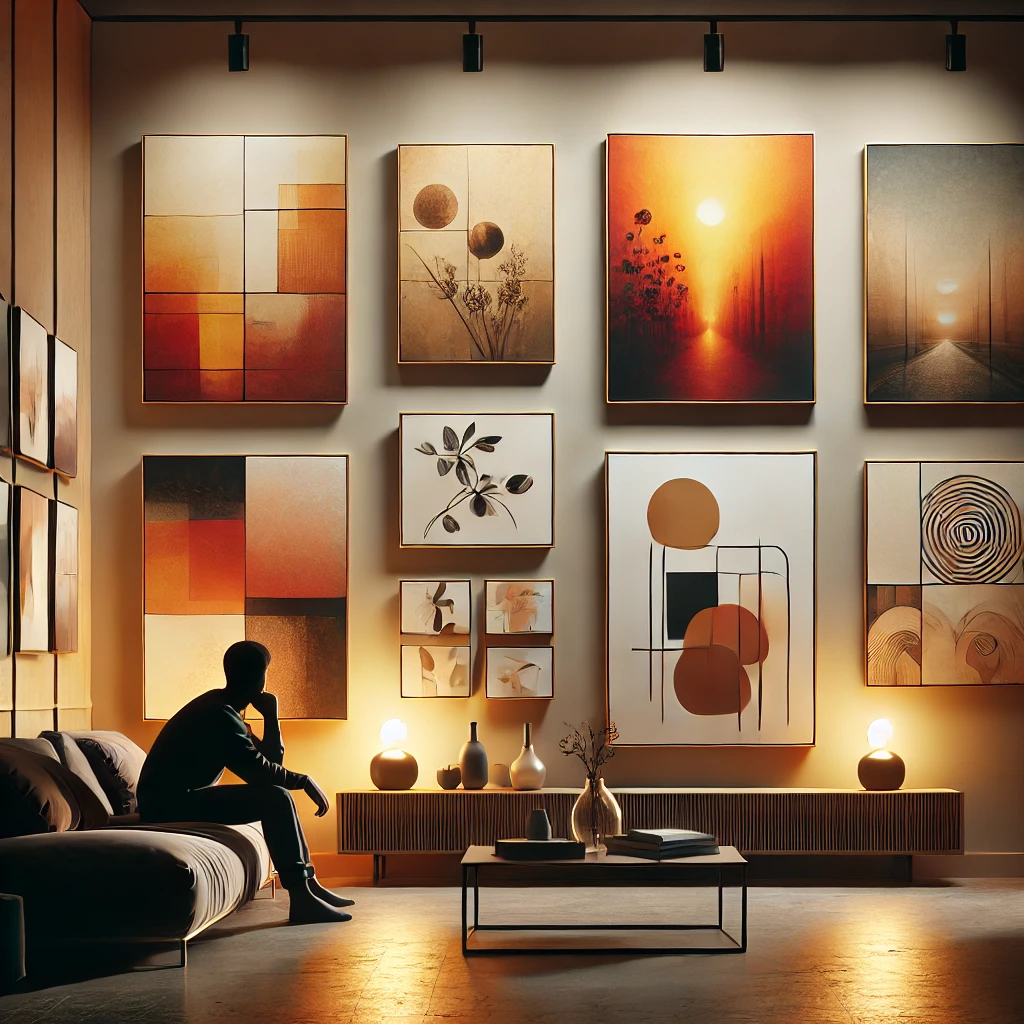
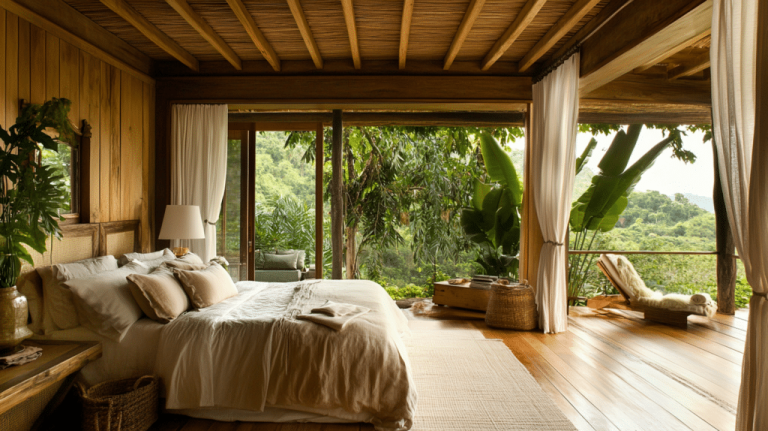
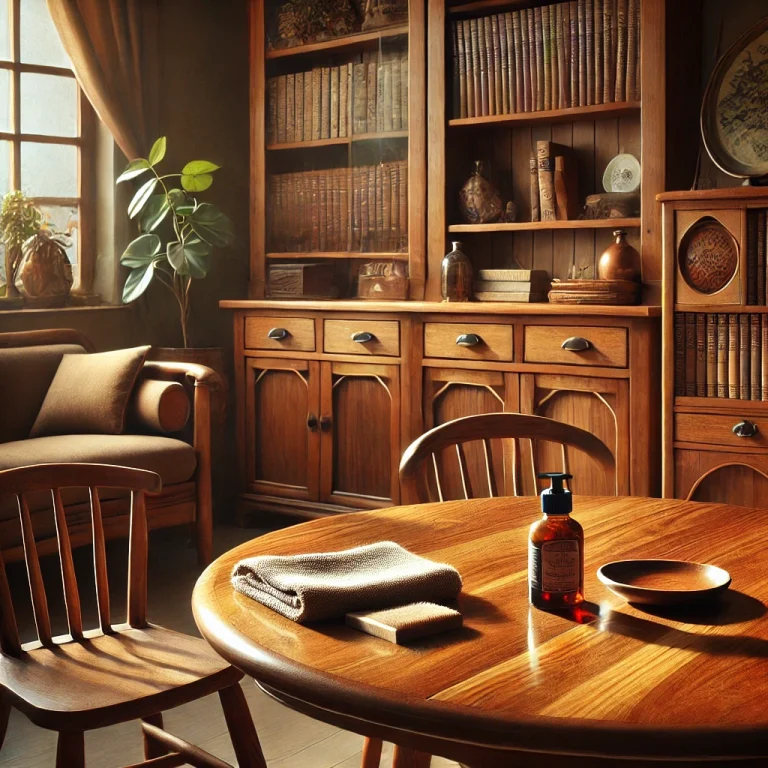
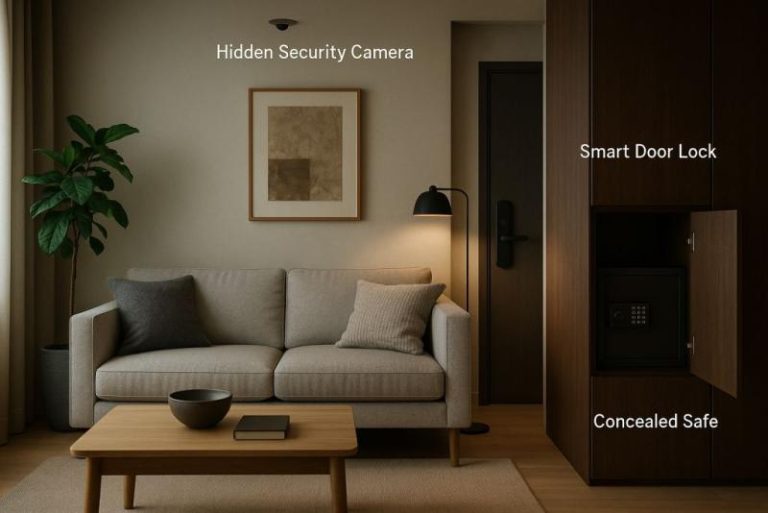
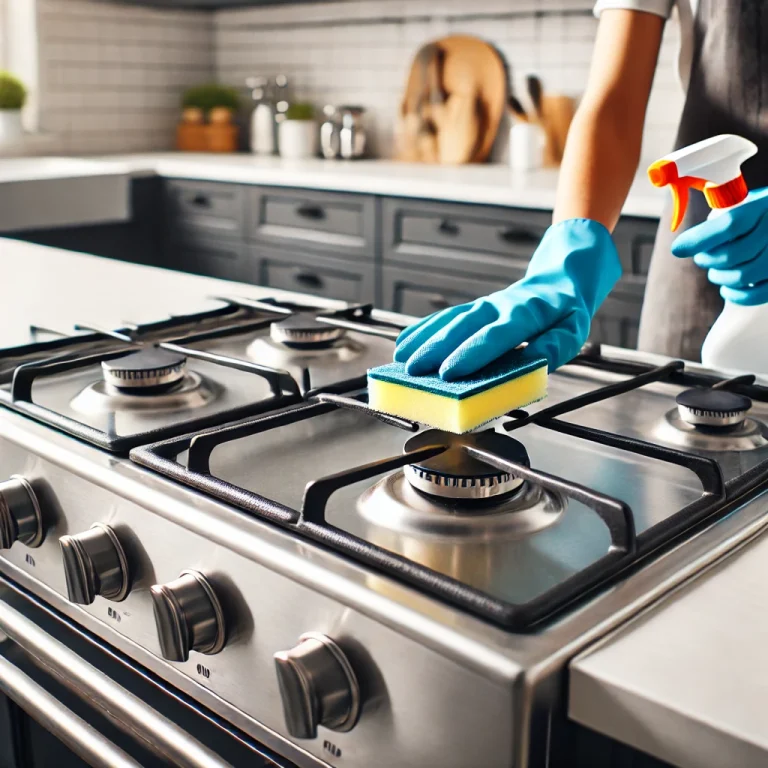
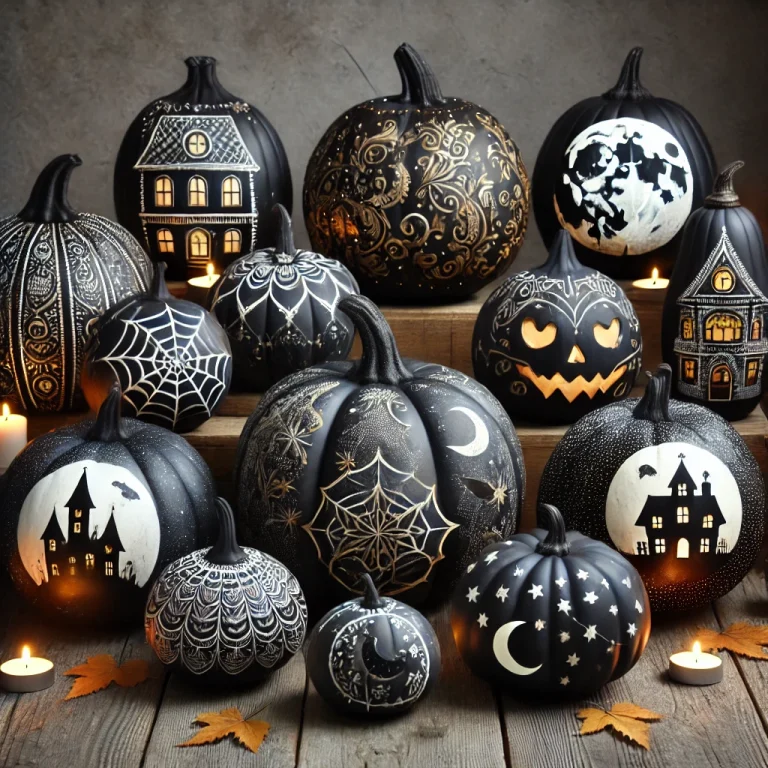
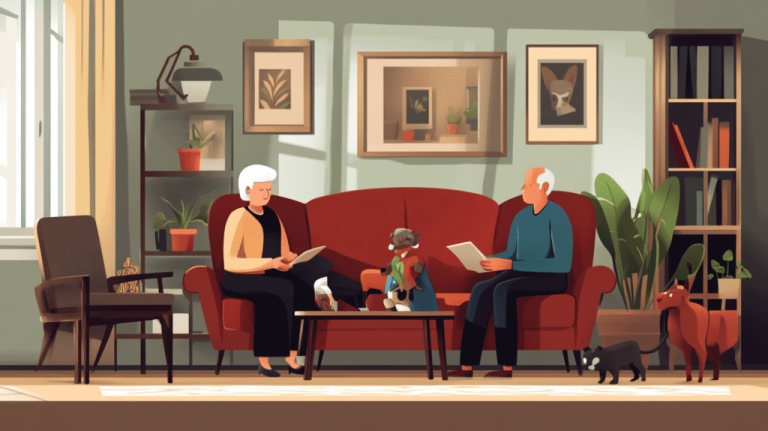
One Comment